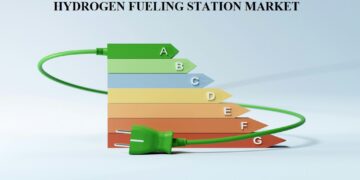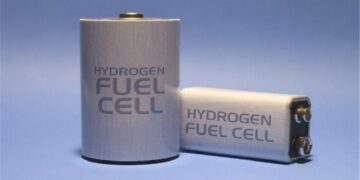SAN JOSE, Calif., July 2, 2014 /PRNewswire/ — Siva Power, a leader in advanced solar energy, today announced a new technology roadmap that projects the cost of its thin film solar modules dropping to a world-best $0.28/watt. Because of its advanced manufacturing approach, Siva Power’s projected costs are geography agnostic, and can be achieved in China, the United States or any other location. The company expects to be in production within four years, with a 300 MW capacity facility.
“Silicon photovoltaic (PV) technology still relies on brute force replication of small production lines. The next wave of solar will require advanced manufacturing, high-speed automated production lines based on thin film PV,” said Brad Mattson, CEO of Siva Power. “Our technology roadmap results in a solar ‘Factory of the Future’ with gigawatt production capacity, competitive efficiency and the world’s lowest cost.”
Siva Power’s technology is based on the following fundamentals:
- The highest performance thin film material –> co-evaporated CIGS
- Scale no one has achieved before –> a single line has 300MW capacity
- Low execution risk –> proven, high-speed flat panel display (FPD) glass coating tools
Through its SunShot initiative, the U.S. Dept. of Energy (DOE) has set a cost goal of solar modules under $0.50/watt by 2020. Using a Siva-derived cost model, similar to the National Renewable Energy Laboratory (NREL) cost model, Siva Power’s team of world-class scientists and engineers determined that the company’s technology will be able to produce ultra-low cost solar panels at $0.28/watt. The analysis reflects a detailed, bottoms-up, cost calculation for the manufacturing process. For each manufacturing process step, all cost elements – including labor, electricity, spare parts, materials, consumables, water, gas, overhead – are added together to figure out the total processing cost ($/m2).
A critical element for achieving low cost is using glass as a substrate, which has already been scaled in the FPD industry and much of the necessary equipment is essentially off-the-rack. By comparison, silicon substrate scales poorly because of the fragility of the wafer, and silicon fab lines are unlikely to scale much more in the future. The only way to expand silicon capacity is to build lots of small lines, which offers little if any cost savings.
Besides its choice of CIGS material and glass substrate, Siva Power has also selected 300MW as the best scale for module production, or about 10 times the capacity of the typical silicon production line. By taking advantage of the high-speed automated tools already developed for the FPD industry, only minimal adaptation is needed to achieve 300MW throughputs in solar, ensuring cost reductions and avoiding execution risk.
Siva Power’s roadmap plans to reach $0.40/watt with just one fully operational 300MW production line. This would be much lower than competitive CIGS companies (~$0.74/watt), but more importantly lower than the best silicon production lines in China ($0.55-0.70/watt). Moreover, after two years of operation with just a few improvements in performance, the module cost will come down to $0.28/watt.
“Technology is important, but this $0.28/watt roadmap is not fundamentally about technology, it is about simple scaling of an already known and proven process,” said Markus Beck, CTO of Siva Power. “No new science is needed, just engineering execution.”
Siva Power’s strategy is about engineering execution and advanced manufacturing technology. The company’s automated 300MW production line greatly reduces the impact of labor, factory and land costs. As the factory requires just one-third of the space and one-fifth the labor of a silicon line (when normalized for output), its labor, overhead and depreciation are well below the competition. Capex, for example, is only $0.33/watt (as opposed to ~$1/watt for most companies).
As a result, Siva Power can manufacture solar panels in the United States at lower cost than they are currently being made in China.
Siva Power is in the process of building a small mini-module pilot line, the last step before full commercialization of the company’s CIGS technology.
Photo – http://photos.prnewswire.com/prnh/20140702/124137
SOURCE Siva Power








































